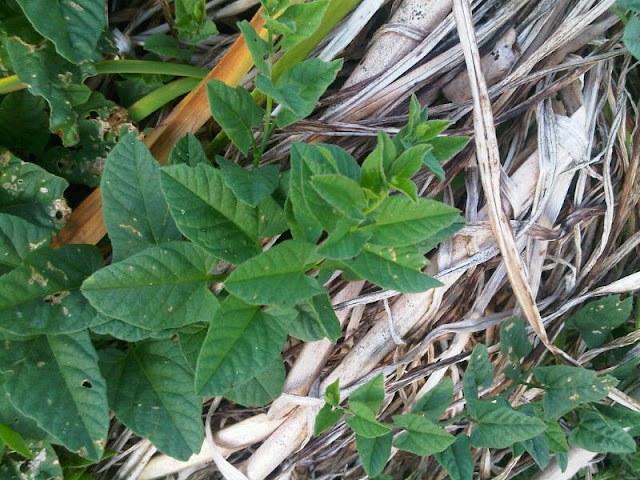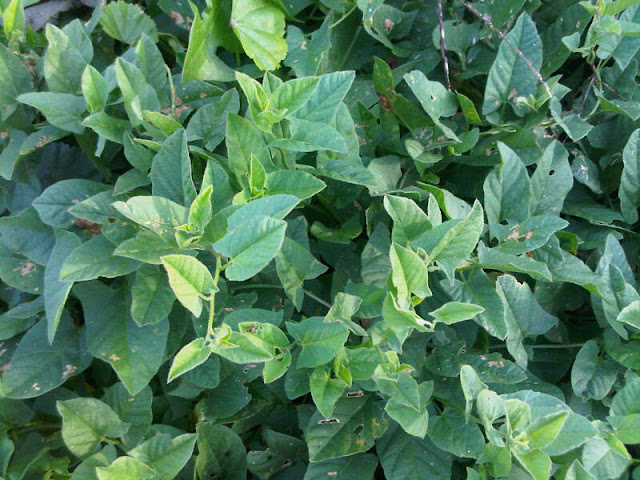Mackay
Garden Ornament
- Joined
- May 18, 2009
- Messages
- 197
- Reaction score
- 12
- Points
- 96
I have a friend who is self treating her breast cancer. While she is doing well with the use of MMS, cancer levels dropped to half after starting it, she wishes to make a bindweed tincture to add to her protocol.
She thought she had bindweed then came to find out that it was the wrong variety.
here is what she says: "one I need is also called wild morning glory.It has the trumpet shaped white or light pink flowers. Mine had a long flowering stalk with numerous small yellowish flowers, and had smaller leaves as well.So it's Minnesota, already fall, and I can't locate any wild morning glory near my area. Anyone willing to gather any for me?"
take a look at it:
http://www.liveandfeel.com/medicinalplants/bindweed.html
Does anyone have the commonmorning glory bindweed growing in thier fields? and be willing to send enough to make a tincture? I'm guessing that you will work out some kind of exhange. Please let me know and if there is someone I will direct her to this forum.
She thought she had bindweed then came to find out that it was the wrong variety.
here is what she says: "one I need is also called wild morning glory.It has the trumpet shaped white or light pink flowers. Mine had a long flowering stalk with numerous small yellowish flowers, and had smaller leaves as well.So it's Minnesota, already fall, and I can't locate any wild morning glory near my area. Anyone willing to gather any for me?"
take a look at it:
http://www.liveandfeel.com/medicinalplants/bindweed.html
Does anyone have the commonmorning glory bindweed growing in thier fields? and be willing to send enough to make a tincture? I'm guessing that you will work out some kind of exhange. Please let me know and if there is someone I will direct her to this forum.


